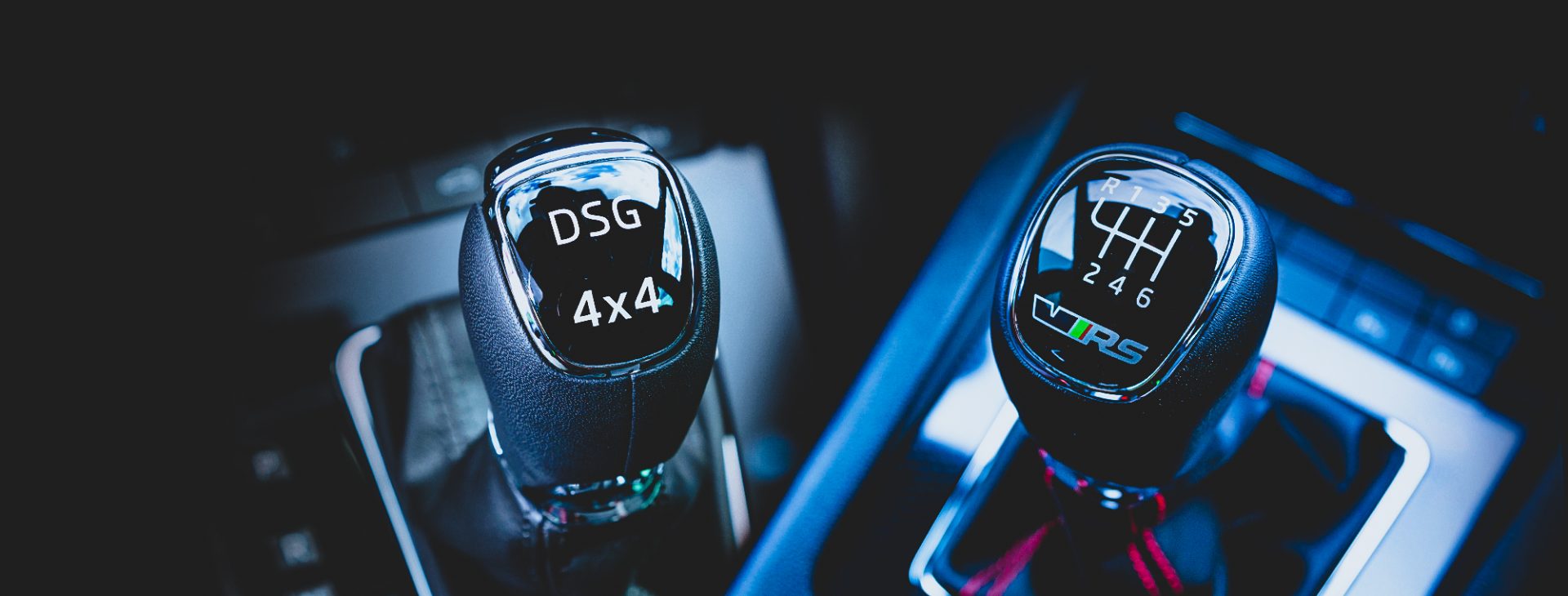HOW DSG WORKS:
The DSG gearbox consists of two manual gearboxes, one for the even and the other for the odd gears. Each has its own clutch, which is why it’s called a dual-clutch gearbox. Whichever of these clutches is engaged, that’s the gear which is currently active. When it comes to gear changing, when the car is in motion the next gear up or down is always prepared in the second (currently inactive) gearbox, and while one clutch is disconnecting, the other is connecting. As a result, gear shifts are completely smooth and don’t slow the car down because the engine power is constantly transferred to the wheels.

Higher consumption is a myth
Proponents of manual transmissions like to argue that a manual is cheaper and uses less fuel. While the first point is correct, the situation is evolving when it comes to consumption. In terms of mechanical efficiency, the stick-shift is ahead, but not that much compared to modern dual-clutch transmissions. What’s more, automatic transmissions tend to have more gears and their electronics can adapt the gear-shifting to suit the situation on the road. Consequently, the motor remains at optimal RPM for longer. In other words, an automatic doesn’t get lazy about changing gears, so makes better use of the engine’s efficiency. This is another reason why modern cars fitted with automatic transmission report lower consumption in real traffic, including on motorways. Moreover, a lower engine speed reduces not only consumption but also noise.






















